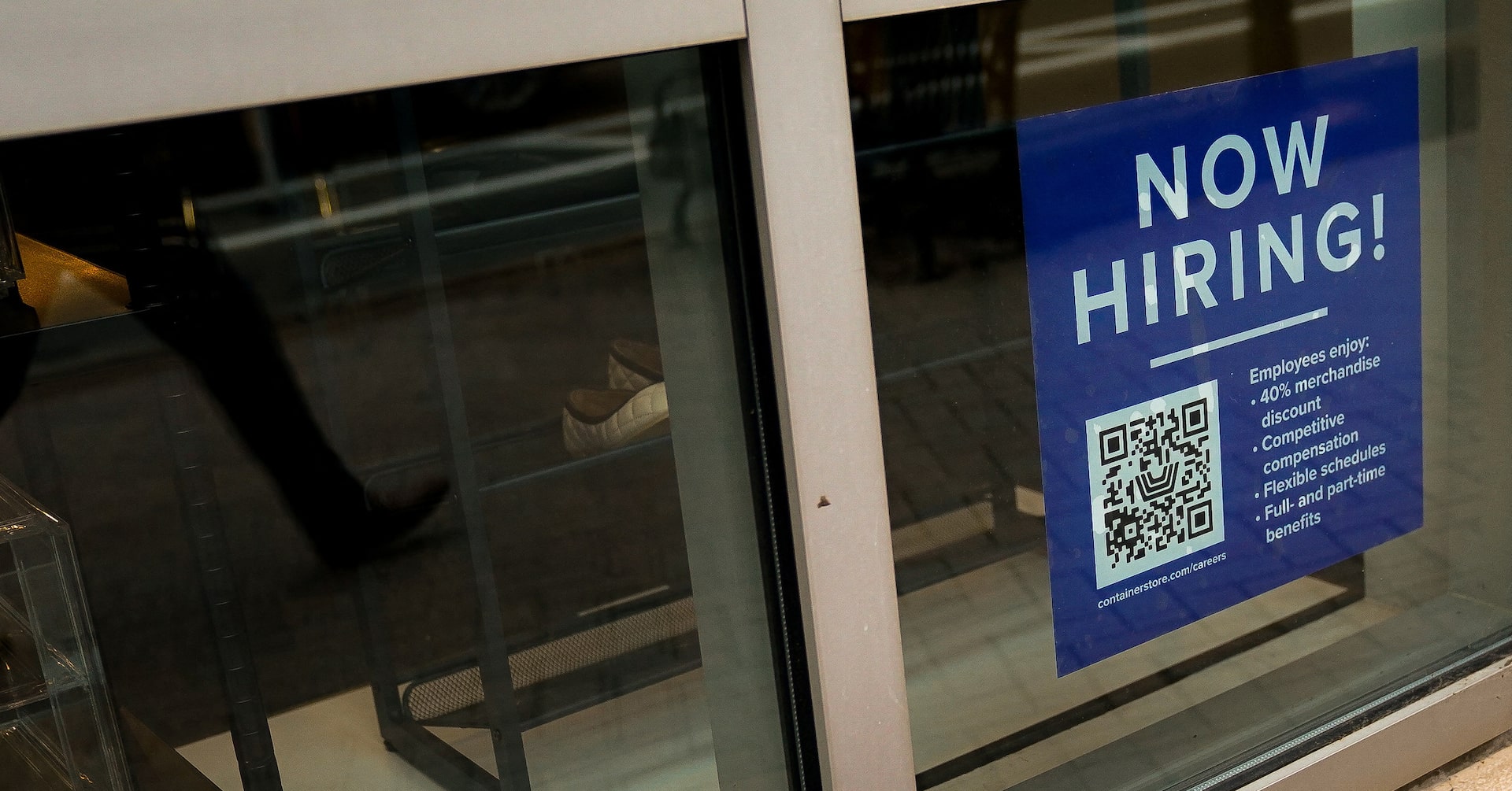The number of Americans filing for unemployment benefits saw the largest increase in five months, according to a report released on February 27. Despite this, the overall trend in claims suggests a labor market that is slowing down steadily. The unexpected rise in initial claims was likely due to snowstorms in parts of the Midwest and Northeast, along with the Presidents’ Day holiday, which may have introduced some volatility. Samuel Tombs, chief U.S. economist at Pantheon Macroeconomics, noted that extreme winter weather was primarily responsible for the rise in claims. Initial claims rose by 22,000 to a seasonally adjusted 242,000 for the week ended February 22, marking the largest increase since October. Economists had anticipated 221,000 claims. Unadjusted claims fell by 2,997 to 220,541 last week, with significant declines in California, Kentucky, Texas, Washington state, and Tennessee. These decreases offset increases in Massachusetts and Rhode Island. A separate program for federal employee unemployment compensation showed a minimal rise. Layoffs of federal employees by the Department of Government Efficiency (DOGE), established by former President Donald Trump, have not yet significantly impacted claims, though more layoffs are expected as part of efforts to reduce government spending. Economists warn that spending cuts could lead to private-sector job losses. Michele Evermore, a senior fellow at the National Academy of Social Insurance, cautioned about the potential economic hardship from federal layoffs. The four-week moving average of claims, a reliable indicator of labor market health, increased to 224,000. Despite low layoffs keeping the economic expansion on track, concerns about inflation persist. Minutes from the Federal Reserve’s January meeting highlighted worries about inflation from Trump’s policies. A Commerce Department report confirmed that core PCE inflation rose at an annualized pace of 2.7% in the fourth quarter. Economic growth slowed to 2.3% in the fourth quarter from 3.1% in the third. U.S. stocks were mixed, the dollar strengthened, and Treasury yields rose. The Fed kept interest rates unchanged last month after reducing them by 100 basis points since September. Continuing claims fell to 1.862 million, with the unemployment rate at 4.0% in January. A Conference Board survey indicated growing anxiety among consumers about job prospects. Business spending plans showed a rise in non-defense capital goods orders excluding aircraft by 0.8% in January. Economists remain skeptical about sustaining this growth amid tariff concerns. — news from Reuters
